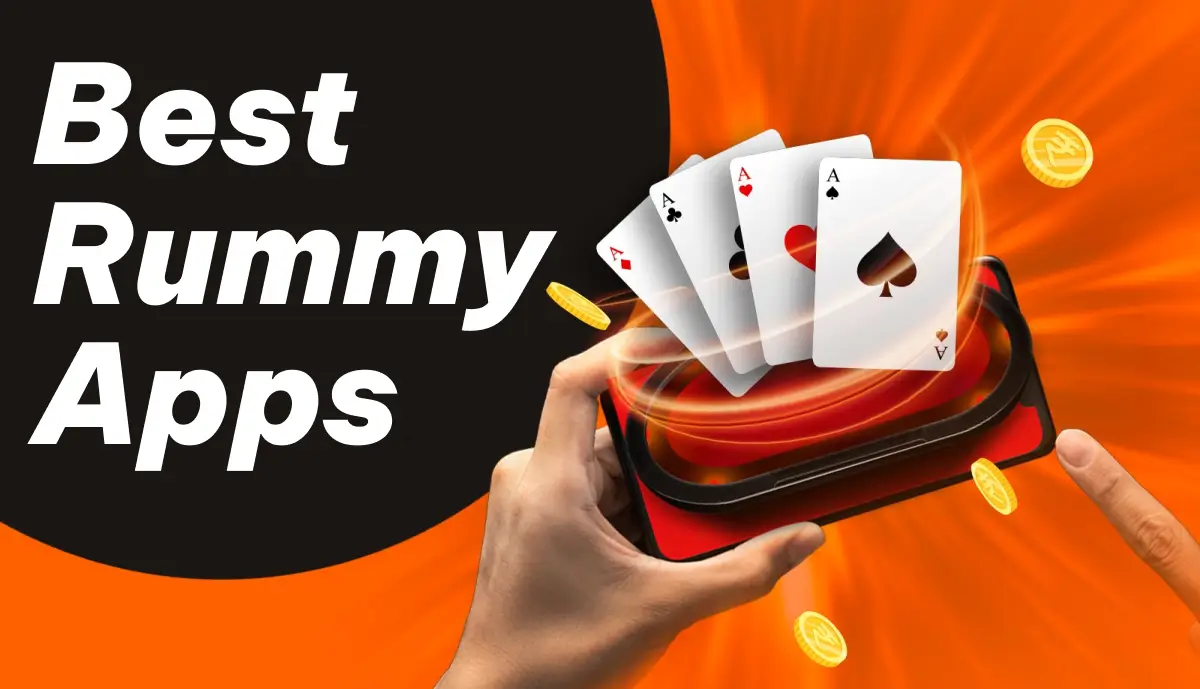Think of Rummy as more than just a card game. Think of it as a bustling, multi-layered economy. At the ground level, friends play for bragging rights over a kitchen table. But climb the ladder, and you’ll find a sophisticated world of high-stakes tournaments, corporate sponsorships, and digital celebrities. The flow of money—both real and virtual—is what fuels this entire ecosystem.
So, let’s pull up a chair and deal into the economics of Rummy. We’ll follow the money trail from a casual player’s first deposit to the million-dollar prize pools that are reshaping the game’s future.
The Foundation: The Freemium Model and Casual Cash Flow
For the vast majority of players, Rummy is a hobby. But even hobbies have an economic engine. Most online Rummy platforms operate on a “freemium model.” You can play for free indefinitely, using virtual chips that have no real-world value. This is the gateway. It’s where you learn the ropes, develop strategies, and, honestly, get hooked on the thrill of the game.
The real revenue for these companies starts when players decide to take a step up. This happens in a few key ways:
- Cash Games: Players deposit money to buy chips that can be converted back to cash. The platform takes a small cut, known as the “rake,” from each pot. It might be a tiny percentage, but when millions of hands are played daily, those tiny percentages add up to a colossal revenue stream.
- Tournament Entry Fees: Even at a casual level, players pay a small entry fee to join tournaments. A portion of all these fees is pooled to create the prize money, while the platform keeps the rest. It’s a straightforward and highly scalable model.
- In-App Purchases: Want a snazzier card deck or a special avatar? These microtransactions might seem minor, but they contribute significantly to the bottom line, enhancing user experience while generating profit.
This casual economy is the bedrock. It’s stable, predictable, and funds the entire operation.
Leveling Up: The Professional Rummy Circuit
Now, let’s talk about the pros. These are players who have transformed a pastime into a profession. Their income isn’t just about winning games; it’s about managing a Rummy career. The economics here get far more complex.
Prize Money and Sponsorships
Major tournaments, like those hosted by platforms such as RummyCircle or Ace2Three, offer life-changing prize pools. We’re talking about crores of rupees. Winning one of these can set a player up for years. But consistent income comes from consistently placing high. A professional’s financial year is a calendar of tournaments, each with its own entry fee and potential return.
And just like in tennis or golf, top players attract sponsorships. A brand might pay a pro to wear its logo during a live-streamed final or to endorse their platform. This sponsorship money provides a financial cushion, allowing players to take calculated risks in high-stakes games.
The Grind: A Pro’s Balance Sheet
It’s not all glamour. Being a pro is a grind. Expenses are a real thing. You have to account for:
- Entry Fees: These can be substantial for premier events.
- Travel and Accommodation: For offline tournaments.
- Taxes: Prize money is taxable income.
- Variance (or “Variance,” as it’s known): Even the best players have losing streaks. Managing a “bankroll”—the dedicated fund for playing—is crucial to surviving the inevitable downswings without going bust.
A pro’s net profit isn’t just their winnings; it’s winnings minus all these costs. It’s a small business, and they are the CEO.
The Digital Arena: Rummy Streaming and Content Creation
This is the newest and perhaps most fascinating layer of the Rummy economy. Platforms like YouTube and Twitch have created a whole new profession: the Rummy streamer. These individuals don’t just play the game; they perform it.
How do they make money? Well, it’s a mix.
| Revenue Stream | How It Works |
| Ad Revenue | Platforms share a portion of ad money generated from their videos and live streams. |
| Subscriptions & Donations | Fans pay a monthly fee or send direct donations to support the creator. |
| Sponsorships & Brand Deals | Rummy platforms or other brands pay the streamer for promoted content or shout-outs. |
| Affiliate Marketing | Earning a commission by referring new players to a Rummy site. |
The value a streamer provides is twofold. For new players, they are educators, explaining complex strategies in real-time. For others, they are entertainers, turning a card game into a narrative full of suspense and personality. This content creation ecosystem is a powerful marketing arm for the Rummy industry, fueling its growth by attracting new, engaged players.
The House Always Builds: Platform Economics and Regulation
Let’s be clear: the most consistent winners in the Rummy economy are the platforms themselves. Their business model is brilliantly resilient. Through the rake and tournament fees, they generate revenue regardless of who wins or loses. They are the market makers, the arena builders.
But this entire economy exists in a nuanced legal landscape. In many regions, Rummy is considered a game of skill, which distinguishes it from gambling. This legal distinction is the linchpin that allows the industry to operate. Platforms invest heavily in compliance, age verification, and promoting responsible gaming practices. Because if that distinction were to blur, the whole economic house of cards could, well, you know.
A Final Thought: The Real Currency
While we’ve followed the money, the most valuable currency in the Rummy economy might not be rupees or dollars. It’s engagement. The time players invest, the communities they build, the thrill of a perfectly played hand—these are the intangible assets that give the financial structure its true value. The money is just the scorecard. The game itself, from the casual kitchen table to the brightly lit streaming studio, is about the timeless human love for play, competition, and connection. And that’s an economy that never really crashes.

